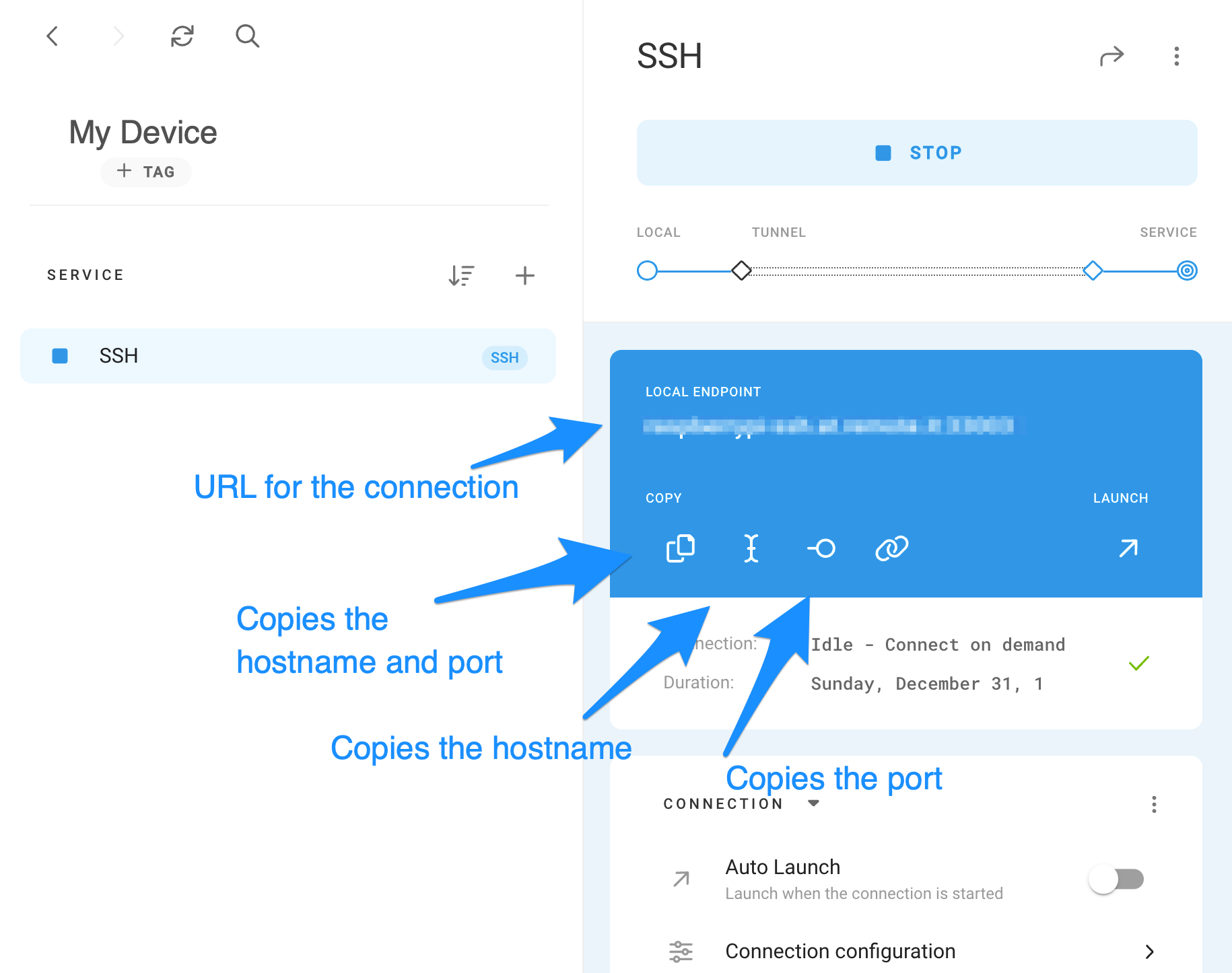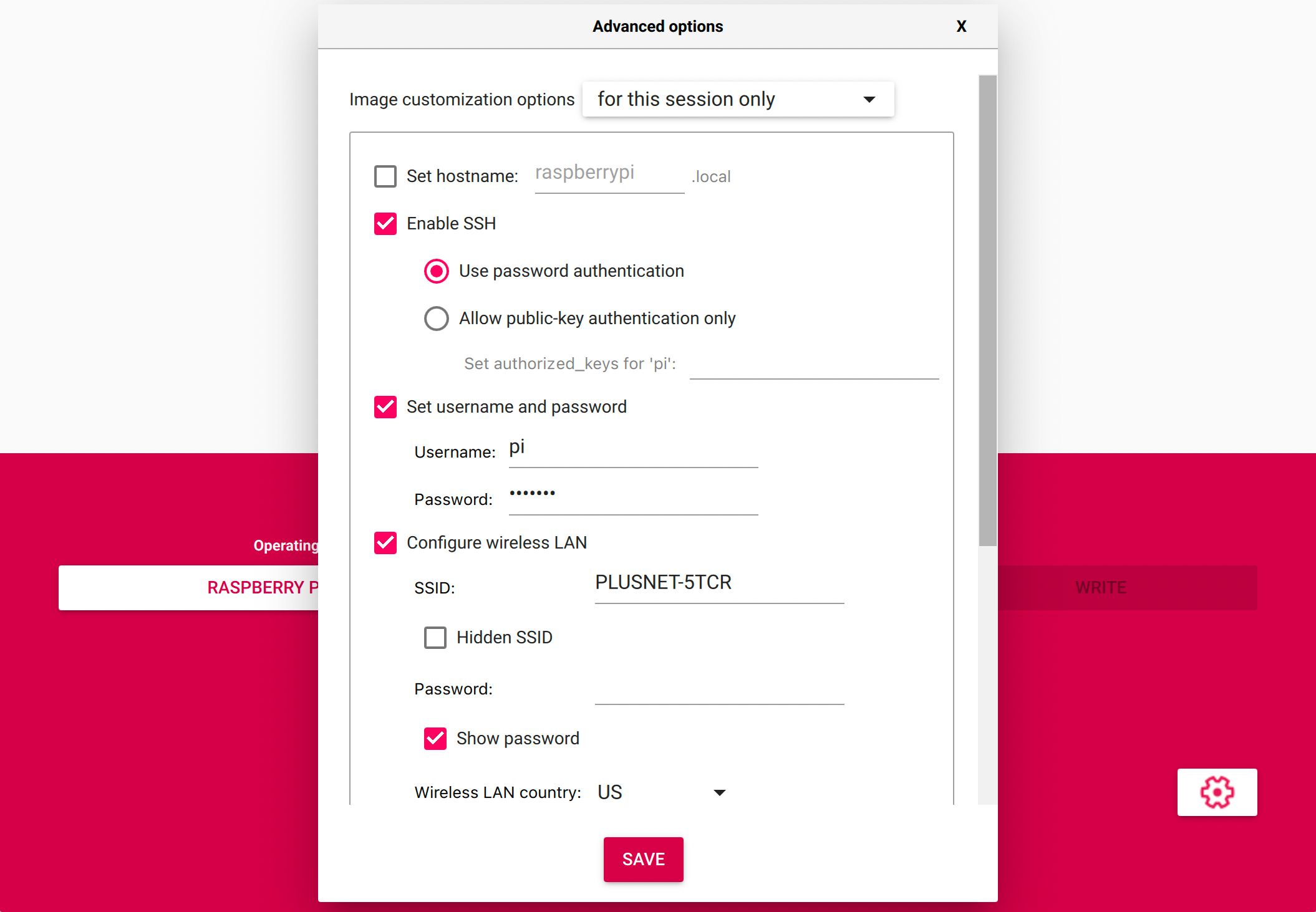Unlock Remote Raspberry Pi Access: Firewall Bypass Secrets!
Ever wondered how to reach that Raspberry Pi tucked away in your office while you're lounging at home? The answer is simpler than you think, and it doesn't involve emptying your wallet. Prepare to unlock the secrets of accessing your Raspberry Pi behind a firewall without spending a single penny or relying on Windows. Let's begin this journey into the world of remote connections!
Lets be honest, technology can be both exhilarating and perplexing. The idea of remotely accessing your Raspberry Pi, especially when it's shielded behind a firewall, might seem daunting. However, fear not, for we're about to dissect this process into manageable steps, transforming you into a remote connection virtuoso. This guide is crafted for tech aficionados, developers, and anyone with a passion for tinkering with gadgets. We'll demystify everything from configuring SSH tunnels to leveraging complimentary tools that streamline remote connections. So, settle in, perhaps with a cup of your favorite brew, and let's unravel this digital enigma together.
| Topic | Information |
|---|---|
| Keyword | Remote Connecting Your Raspberry Pi Behind A Firewall |
| Definition | Establishing a connection to your Raspberry Pi from a different network when it is protected by a firewall, utilizing free software and methods without Windows. |
| Key Technologies | SSH (Secure Shell), Firewalls, Port Forwarding, SSH Tunnels |
| Primary Benefit | Provides convenient, efficient, and cost-effective remote access to your Raspberry Pi, expanding its usability in various applications. |
| Target Audience | Tech enthusiasts, developers, hobbyists, and professionals needing remote access to their Raspberry Pi devices. |
| Related Resource | Official Raspberry Pi Documentation |
Before we delve into the specifics of connecting your Raspberry Pi through a firewall, let's establish a fundamental understanding of what we're dealing with. Remote connections, in essence, provide you with a digital key to access your device from any corner of the globe. Think of it as extending your reach beyond the physical limitations of your immediate environment.
- Why The Kendall Justin Bieber Relationship Rumors
- Unveiling Christies Sides Relationships Career And Reputation Now
When your Raspberry Pi resides behind a firewall, it's akin to placing it within a high-security vault. But there's no need to be alarmed. Employing the appropriate tools and strategies, you can still gain access without compromising security. The remarkable aspect is that this doesn't necessitate Windows or costly, specialized software.
Here are some essential terms you'll need to familiarize yourself with:
- SSH (Secure Shell): Envision SSH as a fortified conduit, enabling secure communication with your Raspberry Pi across the internet. It's the primary means through which we'll establish a connection.
- Firewall: Picture a firewall as a vigilant gatekeeper, meticulously determining who gains entry. In this context, it serves to shield your Raspberry Pi from unauthorized intrusions and malicious activity.
- Port Forwarding: This refers to the strategic redirection of incoming network traffic to a specific device within your network. It's a crucial element in bypassing the firewall's protective measures.
You might be pondering the rationale behind embarking on this endeavor. Remote connection of your Raspberry Pi offers a multitude of advantages that can dramatically enhance your technological experience.
1. Unparalleled Convenience: Imagine the freedom to access your Raspberry Pi from anywhere on the planet. Whether you're enjoying a tropical vacation or working remotely from a bustling caf, you retain complete command over your device. This accessibility transcends geographical boundaries, empowering you to manage your projects and data on your terms.
2. Heightened Efficiency: Need to monitor a long-running process, execute a critical script, or retrieve essential data? Remote access allows you to accomplish these tasks in mere moments, eliminating the need for physical proximity to your Raspberry Pi. This efficiency translates to significant time savings and enhanced productivity, particularly for time-sensitive operations.
3. Unmatched Cost-Effectiveness: By harnessing the power of free, open-source tools and eschewing expensive, proprietary software, you can achieve professional-grade results without straining your budget. This cost-effectiveness makes remote Raspberry Pi access an attractive option for both hobbyists and professionals seeking to optimize their resources.
Whether you identify as a technology enthusiast or a seasoned professional, mastering the art of remotely connecting your Raspberry Pi is a valuable skill that can significantly expand your capabilities.
Now, let's get down to business. The first step in establishing a remote connection to your Raspberry Pi is to configure it correctly. Heres how you can accomplish that:
SSH is the bedrock upon which remote connections are built. Activating SSH on your Raspberry Pi involves a few straightforward steps:
- Power on your Raspberry Pi and log in using your credentials.
- Open the terminal, the command center of your Raspberry Pi.
- Enter the command:
sudo raspi-config. - Navigate to "Interfacing Options" and select "SSH."
- Confirm that you want to enable SSH by choosing "Yes."
- Reboot your Raspberry Pi to finalize the changes.
With these steps completed, SSH is now enabled, setting the stage for remote connectivity.
To establish a connection with your Raspberry Pi, you'll need to know its unique identifier on the network: its IP address. Here's how to locate it:
- Open the terminal on your Raspberry Pi.
- Enter the command:
hostname -I. - The terminal will display the local IP address of your Raspberry Pi.
Make sure to record this IP address, as it will be essential for establishing the remote connection.
Firewalls are undeniably crucial for security, but they can also introduce complications when it comes to remote connections. Fortunately, there are methods to navigate these barriers without compromising your device's security.
One of the most potent methods involves employing SSH tunnels. An SSH tunnel functions like a clandestine passage, enabling you to circumvent the firewall and establish a secure connection with your Raspberry Pi.
An SSH tunnel is, in essence, a secure, encrypted pathway established between two devices. All data transmitted through this tunnel is encrypted, rendering it virtually impervious to interception or tampering. This level of security is paramount when dealing with sensitive information or critical operations.
Heres how to create an SSH tunnel:
- From your local machine, open the terminal application.
- Enter the command:
ssh -L 2222:localhost:22 pi@your-raspberry-pi-ip. - Replace
your-raspberry-pi-ipwith the actual IP address of your Raspberry Pi. - You will be prompted to enter your Raspberry Pi's password.
With these steps completed, you have successfully established a secure SSH tunnel to your Raspberry Pi.
With your Raspberry Pi configured and ready, let's explore the array of tools available to facilitate remote connections. And the best news? They're all available without cost.
While PuTTY is commonly associated with the Windows operating system, it's also compatible with other platforms, including Linux and macOS. Here's how to use it:
- Download the PuTTY client for your specific operating system.
- Launch PuTTY and enter the IP address of your Raspberry Pi in the "Host Name" field.
- Verify that the port is set to 22, the default port for SSH connections.
- Click "Open" to initiate the connection and log in using your Raspberry Pi's credentials.
Straightforward, isn't it?
If you're operating on a Linux or macOS system, you'll find that an SSH client is already integrated into your operating system. Here's how to access it:
- Open the terminal application.
- Enter the command:
ssh pi@your-raspberry-pi-ip. - Provide your Raspberry Pi's password when prompted.
In just a few simple steps, you're connected!
Security must remain a paramount concern when engaging in remote connections. Adhering to these best practices can safeguard your Raspberry Pi:
- Employ Strong Passwords: Ensure that your Raspberry Pi's password is robust and resistant to guessing or cracking.
- Activate Two-Factor Authentication (2FA): This introduces an extra layer of security to your login process, requiring a second verification factor in addition to your password.
- Maintain System Updates: Regularly update your Raspberry Pi's operating system and software to patch vulnerabilities and protect against emerging threats.
By implementing these practices, you can significantly enhance the security of your remote connections.
Even with meticulous preparation, unforeseen issues can arise. Here are some common problems you might encounter and how to resolve them:
A connection timeout error typically indicates that your Raspberry Pi's IP address has changed. Double-check the IP address and attempt the connection again.
This usually stems from entering an incorrect password. Verify that you're using the correct credentials and try again.
If your firewall is interfering with the connection, you may need to adjust its settings to permit incoming traffic on port 22.
Don't allow these issues to discourage you. With a systematic approach to troubleshooting, you'll be back on track promptly.
Now that you've mastered the techniques for remotely connecting your Raspberry Pi, let's explore some practical applications:
1. Intelligent Home Automation: Control and monitor smart devices in your home from anywhere with an internet connection.
2. Remote Project Oversight: Track the progress of your Raspberry Pi-powered projects, even when you're geographically distant.
3. Seamless File Sharing: Retrieve files stored on your Raspberry Pi without the need for physical access.
With remote access at your disposal, the possibilities are boundless.
- Unveiling Christies Sides Relationships Career And Reputation Now
- Breaking Timothee Chalamet Age How Old Is He Now Revealed

How To Seamlessly Remote Connect Raspberry Pi Behind Firewall Without

How To Seamlessly Remote Connect Raspberry Pi Behind Firewall Without

How To Access Your Raspberry Pi Remotely A Guide To Remote SSH Into